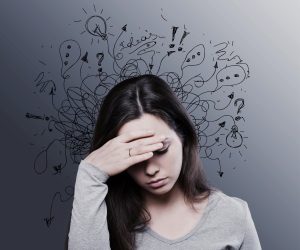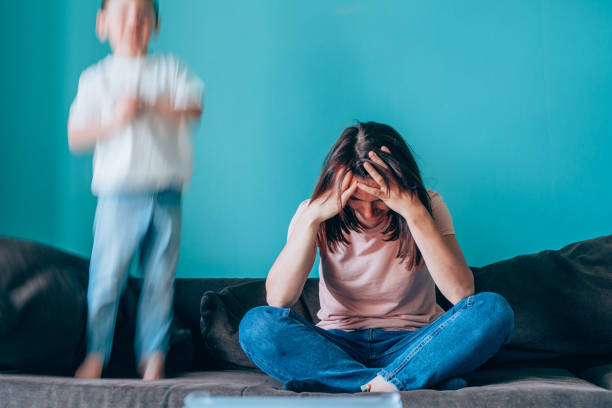What is the difference between stress and anxiety?
There is a fine line between stress and anxiety. Both are emotional responses; however, stress is caused by external triggers. Stress is the body’s reaction to a threat, whereas anxiety is the body’s reaction to the stress.
 In psychological terms, stress represents any environmental factor that individuals perceive as being threatening. Typical examples include divorce, the death of a close family member and financial loss. Other less disastrous factors can be stressors when they are dwelt upon for extended periods of time. These may include family discord, tension at work, change of job or work hours, worry or even potential problems.
In psychological terms, stress represents any environmental factor that individuals perceive as being threatening. Typical examples include divorce, the death of a close family member and financial loss. Other less disastrous factors can be stressors when they are dwelt upon for extended periods of time. These may include family discord, tension at work, change of job or work hours, worry or even potential problems.
How does stress affect the body?
Stress may be different among individuals. Some perspire profusely in their hands, others become tense in the neck, shoulders or back and may experience heart palpitation. Others may restrict breathing during periods of intense stress.
There are two major factors in how individuals respond.
- The first is the amount of uncertainty experienced over a perceived stressor.
- The second factor relates to how much control (or lack of control) one has over the stressor.
How do I stop stress anxiety?
Ways of dealing with stress include physical exercise, taking a vacation, seeking therapy for stress anxiety, balancing work and play, rewarding yourself, budgeting time, helping others or joining a support group.
Talk to your children about stress. Parents may wonder why their children should have stress. Today, with the pandemic and the “new normal,” even kindergartners face pressures their parents may not know of. Anxiety is a feeling of fear, worry or uncertainty.
 Rewire Your Anxious Brain
Rewire Your Anxious Brain
According to Dr. Catherine Pittman in her studies relating to “Rewiring Your Anxious Brain”, she refers to the fact that anxiety can be initiated by two very different areas of the brain, the amygdala and the cortex. This understanding is the result of years of research in a field called neuroscience, which is the science of the structure of the function of the nervous system, including the brain.
Dr. Pittman stresses the point that both anxiety and fear arise from similar brain processes and cause similar physiological and behavioral reactions. Fear and anxiety differ, in that fear is associated with a clear presentation and identifiable threat. Anxiety occurs in the absence of immediate peril.
Everyone experiences fear and anxiety. She provides good news in that individuals can return to fully engaging in life. They can understand the cause of their difficulties and begin to regain confidence. This understanding is possible due to recent knowledge regarding the brain structure that creates anxiety.








